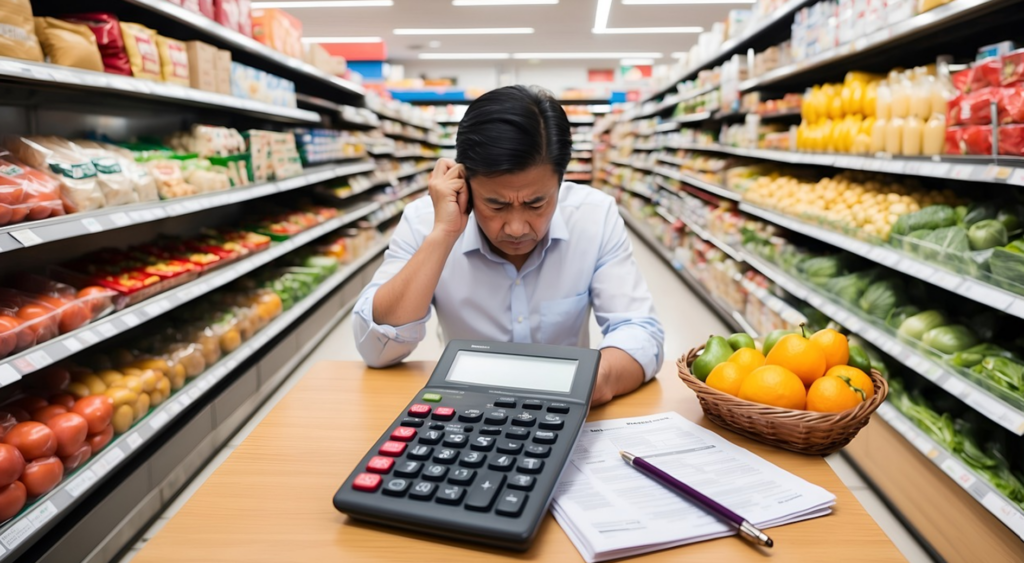Rising food inflation poses a significant threat to global food security, disproportionately impacting the most vulnerable populations across various regions of the world. As food prices soar, the consequences are particularly severe in countries experiencing economic instability, climate challenges, and political unrest. In 2024, countries from South America to Africa and the Middle East are witnessing a dramatic rise in food inflation, with certain nations being hit particularly hard. An analysis of recent data reveals the alarming trends in food inflation across these regions, highlighting the challenges faced by millions as they struggle to access basic necessities.
Argentina stands out as the country most affected by skyrocketing food prices, with a staggering 183% year-over-year increase in food costs. This situation is forecasted to worsen, with an estimated food inflation rate of 120% expected in the second quarter of 2025. Key factors driving Argentina’s food inflation include severe currency devaluation, devastating droughts affecting agricultural production, high reliance on agricultural exports, and ongoing political and economic turmoil. These systemic issues exacerbate the plight of Argentinians, particularly among marginal communities already facing food insecurity.
Following Argentina, Palestine also grapples with significant food inflation, recorded at 115%. However, projections suggest a sharp decline in inflation rates, which are expected to drop to about 12% by mid-2025. The challenges faced by Palestinian communities stem from prolonged conflict and restrictions on movement, further impairing their ability to access food and essential services. The dire economic landscape and restricted access to resources make the population increasingly vulnerable amid rising food prices.
Africa is experiencing a noteworthy surge in food inflation, with several nations among the highest on the global scale. Zimbabwe and South Sudan report staggering food inflation rates of 105% and 96%, respectively. Compounding the situation, countries such as Malawi, Nigeria, and Angola also face significant inflation rates ranging from 34% to 44%. The intersection of political instability, economic challenges, and climate-related issues, such as drought and flooding, compounds the complexity of the food security crisis across the African continent, putting millions at risk of hunger and poverty.
The increases in food prices are not confined to specific regions; they reflect a broader global trend with implications that extend beyond immediate economic challenges. Rising inflation affects food production, supply chains, and market access, which create ripple effects that can destabilize economies. Vulnerable populations are urged to adapt to these changes, often resorting to coping strategies such as reducing dietary diversity or relying on cheaper and less nutritious food options. Such adjustments can lead to chronic health issues, further entrenching cycles of poverty and malnutrition.
The current state of food inflation highlights the urgent need for international cooperation and effective policy responses to mitigate the impacts of rising food prices. Governments, especially in the most affected regions, must prioritize actions to stabilize their economies, ensure food security, and support their populations amid challenging conditions. Addressing environmental issues, investing in agricultural resilience, and fostering inclusive economic growth are vital measures required to combat the spiraling food crisis. As global food security remains fragile, fostering resilience is imperative to safeguard the well-being of future generations.

